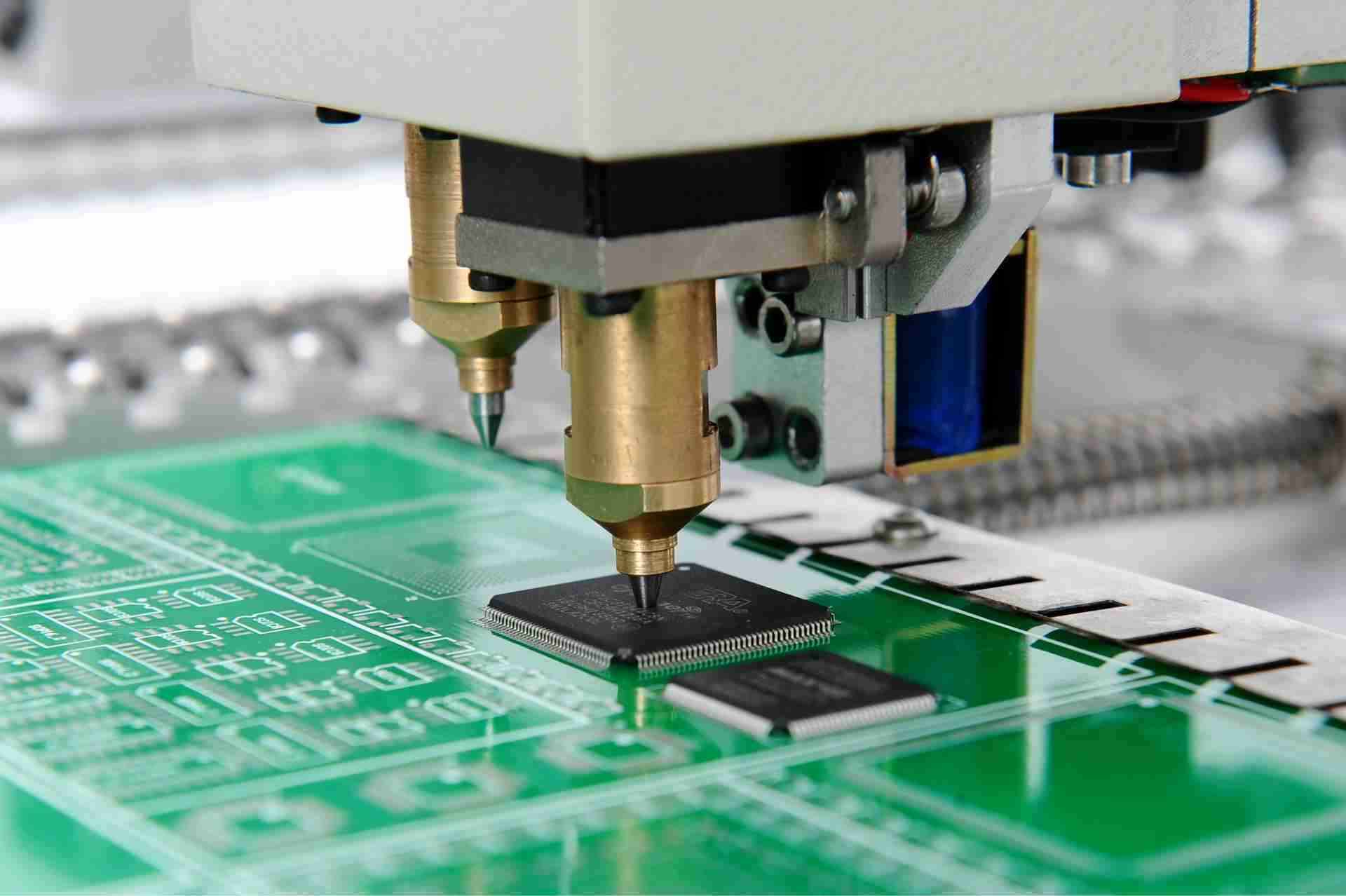SMT assembly cost includes component, labor and equipment costs, and other costs.
An in-depth analysis of these factors’effect on SMT assembly costs can help PCBA factories fully understand the SMT line cost structure and find effective ways to reduce costs.
Component cost
In SMT patch processing, component costs play a dominant role.
It is directly affected by the quantity, type, and price of components.
The more components there are, the higher the cost. Different types of components also lead to distinction costs.
For example, compared with resistors, the cost of integrated circuits (IC chips) is relatively high.
Therefore, by optimizing component procurement strategies and reducing inventory levels can effectively control components’costs.
Labor cost
SMT mount processing requires a certain amount of workers to operate, so labor cost is a crucial cost section.
Labor costs are closely related to the number of workers, their skill level, and work efficiency.
Adding more people may increase circuit board manufacturing capacity, but it will also increase costs.
Improving workers’skills and efficiency can help reduce labor costs.
Therefore, overall labor costs can be reduced by focusing on training and improving remuneration, continuously enhancing skills, and increasing motivation.
Equipment cost
SMT patch processing relies on various SMT equipment, including SMT pick and place machines, SMT reflow ovens, testing instruments, etc.
Equipment costs are affected by the device’s number, type, and service life.
Optimizing equipment configuration, adopting advanced technology, and regularly maintaining devices can effectively control equipment costs.
Additionally, consider leasing or sharing equipment to reduce initial investment and fixed costs.
Other costs
Other costs include raw materials, PCB manufacturing, management expenses, etc.
Regarding raw materials and consumables, you can seek suppliers with reasonable prices and get more competitive prices.
Careful management and process optimization are key for manufacturing and administrative costs.
Improving production efficiency, reducing scrap rates, and optimizing management structures can reduce manufacturing costs.
SMT assembly cost analysis and optimization
Cost composition analysis:By conducting an in-depth analysis of the various components of SMT patch processing costs, we can understand the proportion of each section in the total cost and provide a basis for accurate cost reduction.
Cost trend analysis:Track the changing trends of SMT patch processing costs, identify the causes of cost fluctuations, and adjust price cost strategies promptly to respond to market and industry changes.
Cost difference analysis:Compare the SMT processing costs of different companies and find the key factors that cause the differences. Learn from the industry and develop a cost optimization strategy that suits you.
Summary
Through in-depth analysis of SMT patch processing costs and adopting corresponding optimization strategies
It can effectively control costs, improve competitiveness, and achieve sustainable development.
This comprehensive cost management approach helps SMT patch processing services gain bigger advantages in the fierce market competition.








